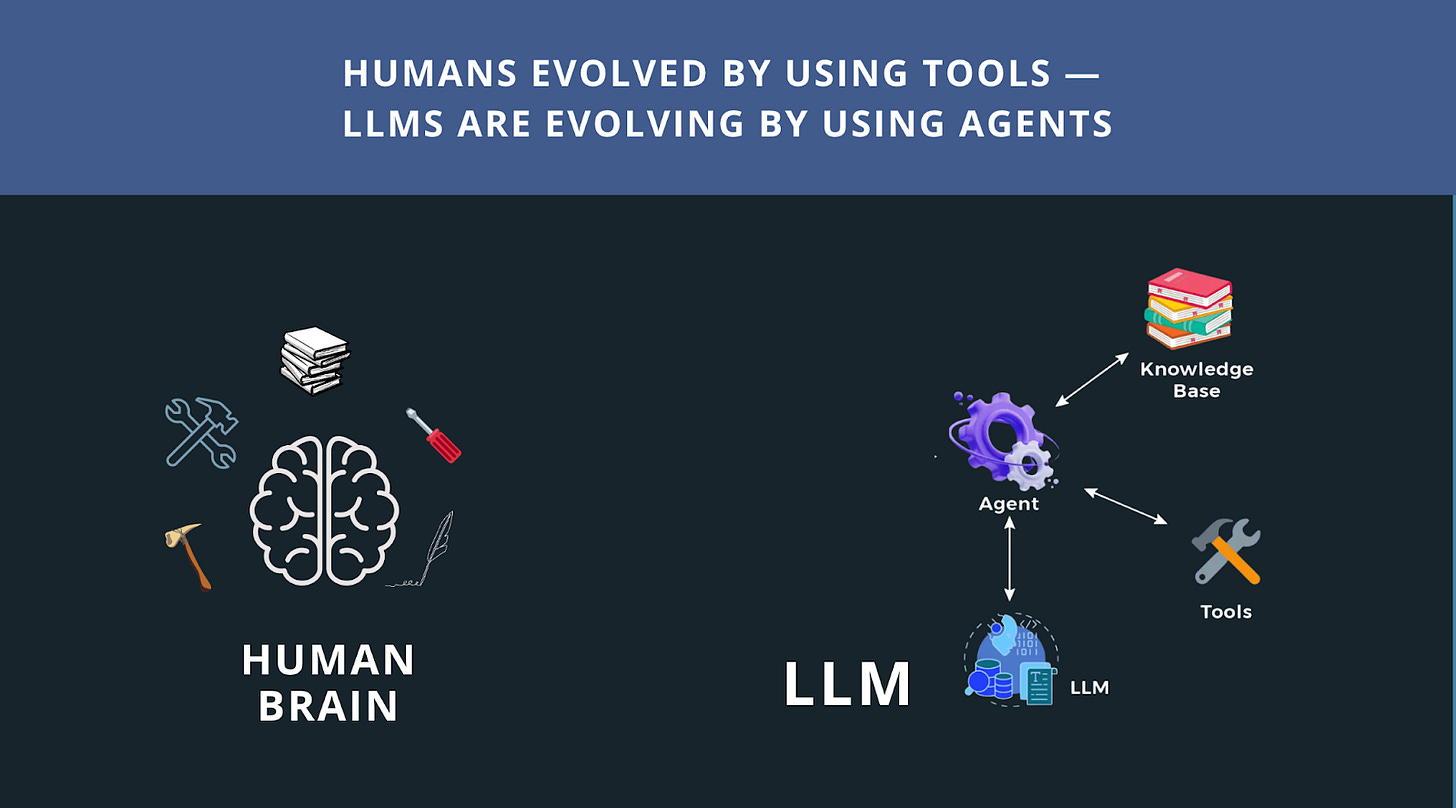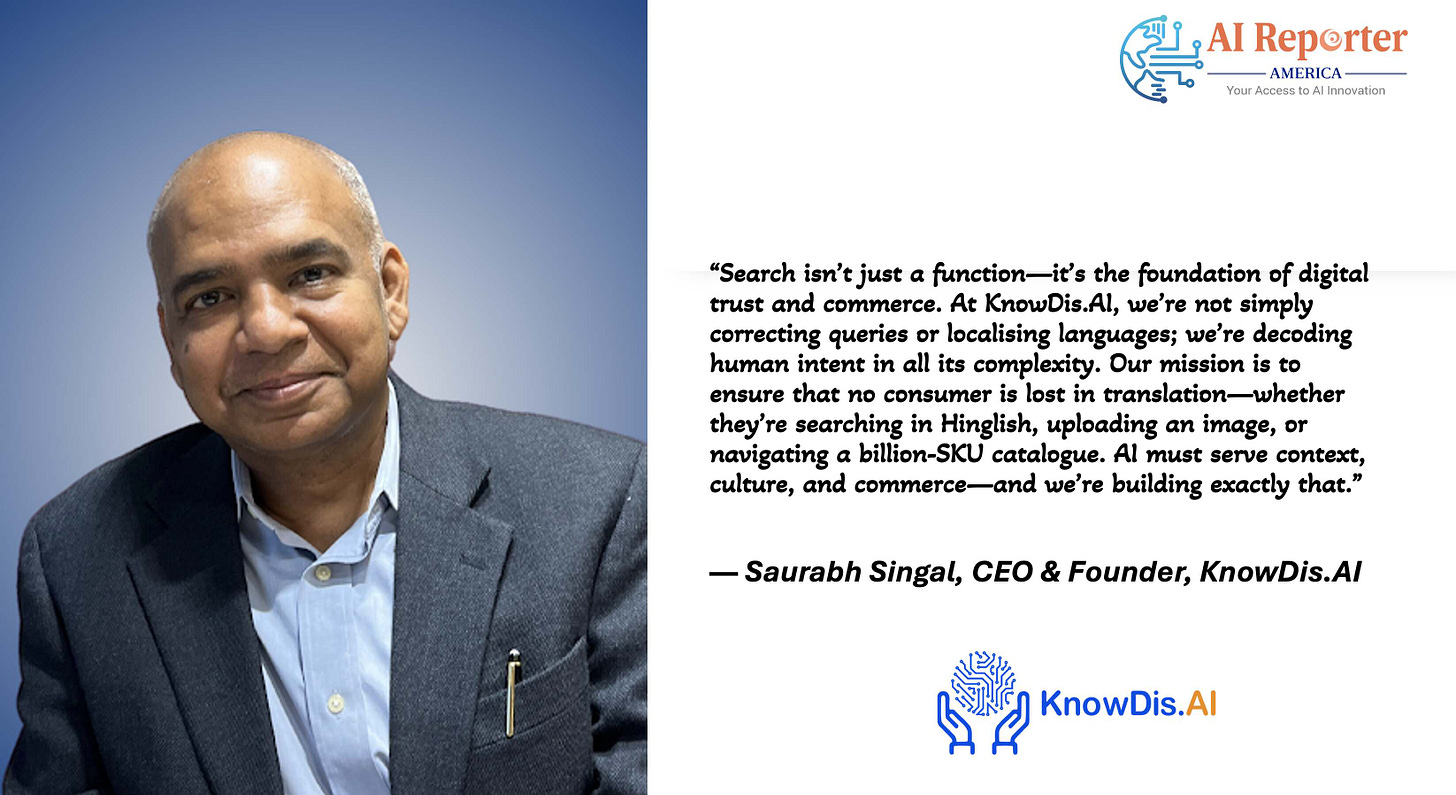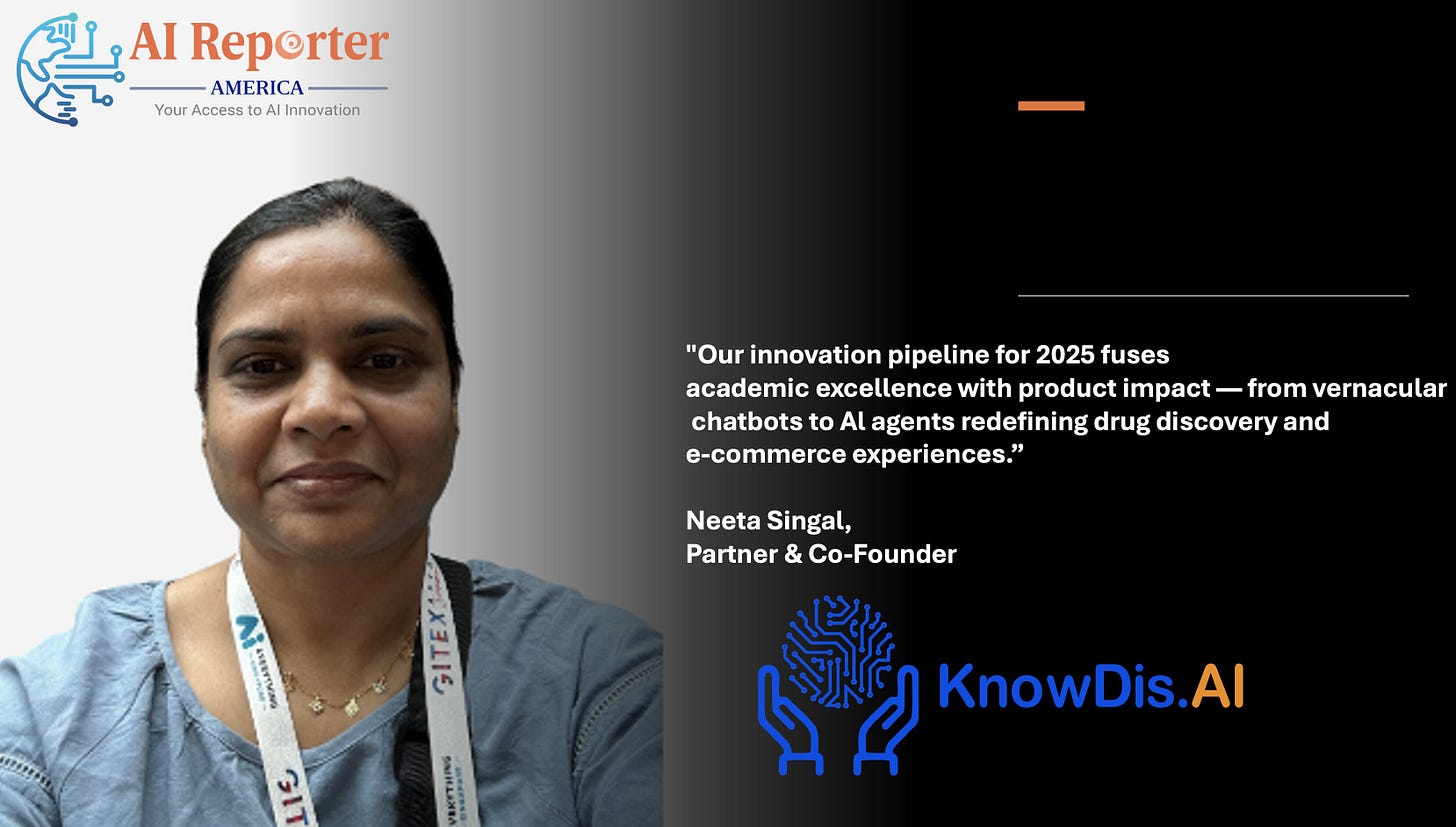KnowDis AI Newsletter- October 2025
Explore the power of AI in e-commerce with KnowDis AI’s monthly newsletter. Stay updated on innovations, insights, and our journey in transforming industries with machine learning.
Models Don’t Win Alone — Agentic memory, planning, and action are the new moat
The era of “just make the model bigger” is fading. Durable advantage now comes from systems that remember, plan, use tools, and close the loop. In other words: agentic memory, planning, and action—not raw parameters—form the new moat.
We’ve spent years chasing larger models, longer context windows, and fancier architectures. Those investments were necessary—they set the floor for capability. But they’re no longer the ceiling for impact. What turns intelligence into outcomes is agency: the ability to remember across sessions, plan multi-step workflows, call tools and APIs, verify results, and adapt to feedback in the real world. That shift—from model to system, from single shot to closed loop—is where competitive differentiation now lives.
When Brains Hit Their Limits, Humans Built Tools — Now LLMs Are Doing the Same Through Agents
Human evolution tells a simple story: when our brains reached their biological limits, we extended ourselves through tools. Sticks became levers, language became memory, and machines became extensions of our intent. Today, large language models are at a similar frontier. We’ve stretched architectures, scaled context windows, and trained on nearly all available text — and yet, like the human brain, pure scaling is yielding diminishing returns.
The next leap isn’t about adding more neurons or parameters; it’s about learning to use tools. Just as humans evolved to think with what they built, LLMs are evolving into agents — systems that plan, remember, act, and adapt in closed loops. This is intelligence moving from growth to coordination, from cognition to capability.
Agentic Systems are the talk of the town
OpenAI’s focus on Agentic System: OpenAI has gone beyond text generation with reasoning models like o3 and o4-mini, built to “think step by step” and plug into tools. Its Responses API turns web browsing, Python, and file-handling into first-class agent actions. This is about moving from next-token prediction to task completion pipelines.
Google DeepMind’s ambitious projects in Agentic Systems: Google’s Gemini 2.5 is billed as a “thinking model,” but the bigger story is Project Astra and Gemini Live — real-time, multimodal assistants that see your screen, hear you, and act on your behalf. Developers are also getting agentic APIs and Android Studio integrations, making orchestration a first-class design choice, not an afterthought.
Meta: Meta’s bet is on open agent ecosystems. Its new Agents Research Environments (ARE) and Gaia2 benchmarks aim to measure how well AI systems use tools, collaborate, and act in dynamic contexts. Pair that with Llama models in consumer products (Meta AI, Ray-Ban glasses), and it’s clear: Meta wants agents you live with, not just chat to.
Why “models alone” don’t win
A strong base model is table stakes. The friction starts after the first answer:
The user’s need is rarely a single prompt; it’s a sequence of clarifications, lookups, actions, and checks.
Real tasks depend on external systems (search, databases, ERPs, payment rails, robotics, and sims).
Hallucination risk, compliance requirements, and cost constraints demand verification and control, not just generation.
Raw model quality matters, but execution loops matter more.
The agentic moat: memory, planning, action
Think of agentic systems as a stack:
Memory (short- and long-term).
Working memory: scratchpads, structured state, and multi-turn context that persists.
Long-term memory: durable user/account/task histories stored outside the model and retrieved when relevant.
Why it moats: every interaction compounds; the system learns user preferences, domain norms, and recurring tasks—creating switching costs.
Planning (decomposition and orchestration).
Turn a goal into steps, choose tools, order them, and branch on results.
Mix deterministic graphs (for reliability) with adaptive planning (for flexibility).
Why it moats: planning captures your domain know-how as executable logic—hard to copy, easy to scale.
Action (tools, APIs, and verification).
Call search, RAG, calculators, code interpreters, databases, CRM/ERP, payment gateways, schedulers—or even robots/IoT.
Add guardrails and checks: schema validators, unit tests, assertions, self-critique, and external evaluators.
Why it moats: actions create outcomes (orders placed, tickets resolved, summaries published). Verified outcomes build trust and measurable value.
A simple mental model: the Closed-Loop Agent
Understand: parse the user’s goal and constraints.
Plan: break it down; pick tools; draft a path.
Act: call tools/APIs; gather evidence; execute steps.
Verify: cross-check with rules, retrieval, or tests; handle edge cases.
Learn: write back to memory; update preferences; improve the plan next time.
Every loop enriches memory, which improves planning, which reduces actions and rework. That’s compounding gains.
How can Agentic Systems help in real world
Let’s take a few examples
E-commerce: from “find me red running shoes under ₹4,000” to clarify → search + rerank → verify stock → apply coupons → schedule delivery → summarize trade-offs. Memory keeps brand/size history; actions hit inventory, pricing, and logistics.
Service ops: triage a support ticket, fetch logs, run diagnostics, propose a fix, open a PR, and notify the customer—with policy checks at each step.
Knowledge work: draft a deck, pull charts from data, verify figures, cite sources, and generate speaker notes—then file everything to the correct project space.
The strategic takeaway
Bigger models raised the baseline. The moat now comes from agentic memory, planning, and action—the parts that accumulate, operationalize, and safeguard intelligence. If you’re still optimizing for model size alone, you’re polishing the engine while competitors ship the fleet.
The winning question in 2025 isn’t “Which model?” It’s “Which system reliably turns goals into verified outcomes—and gets better every time it runs?”
Please reach out to us on LinkedIn for more insights and updates.
KnowDis AI in News
KnowDis AI is making waves in e‑commerce by fixing misspelled queries and breaking language barriers with its multilingual, AI-driven search and content discovery solution. This innovation was spotlighted in AI Reporter America, underscoring how KnowDis turns imprecise, error‑laden inputs into accurate, relevant results
AI Reporter America covers KnowDis AI’s ambitious 2025 roadmap, focusing on transformative innovations in multilingual tech, e-commerce, and healthcare. Check out the article to learn more.




